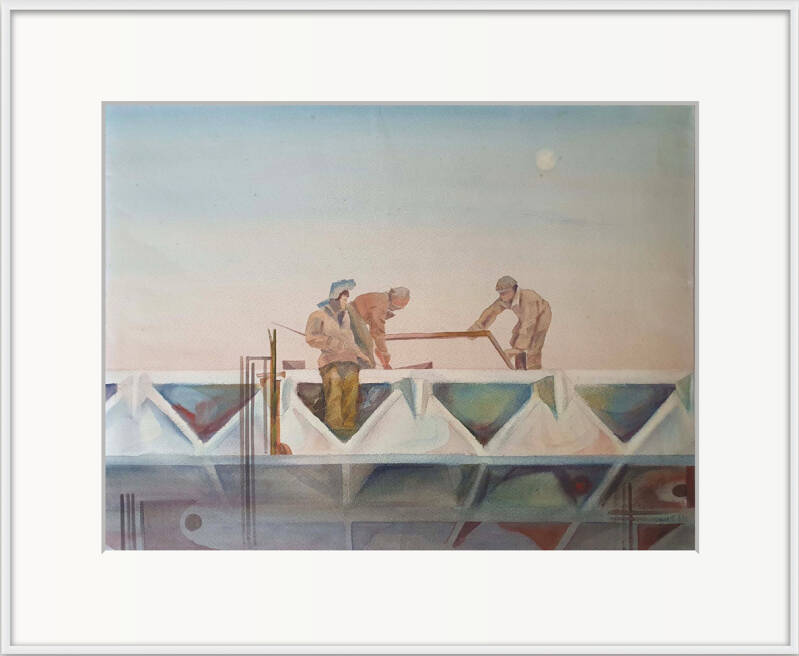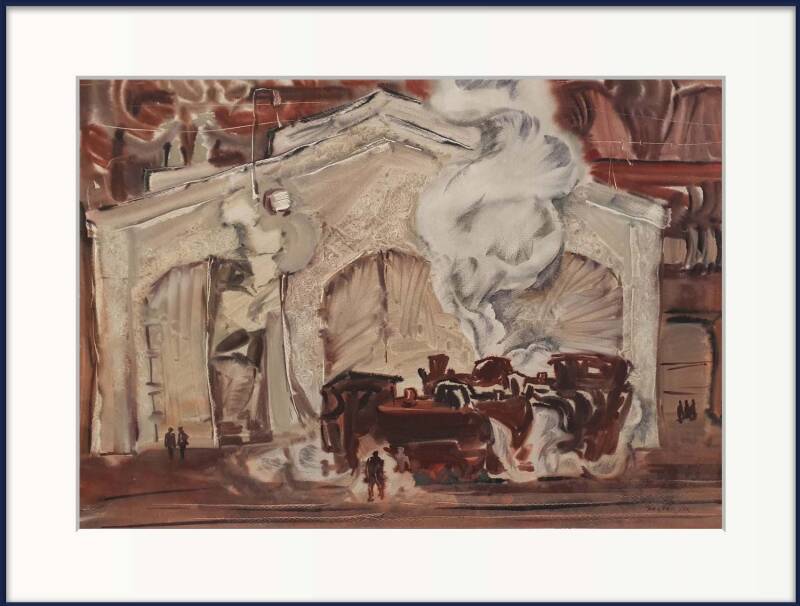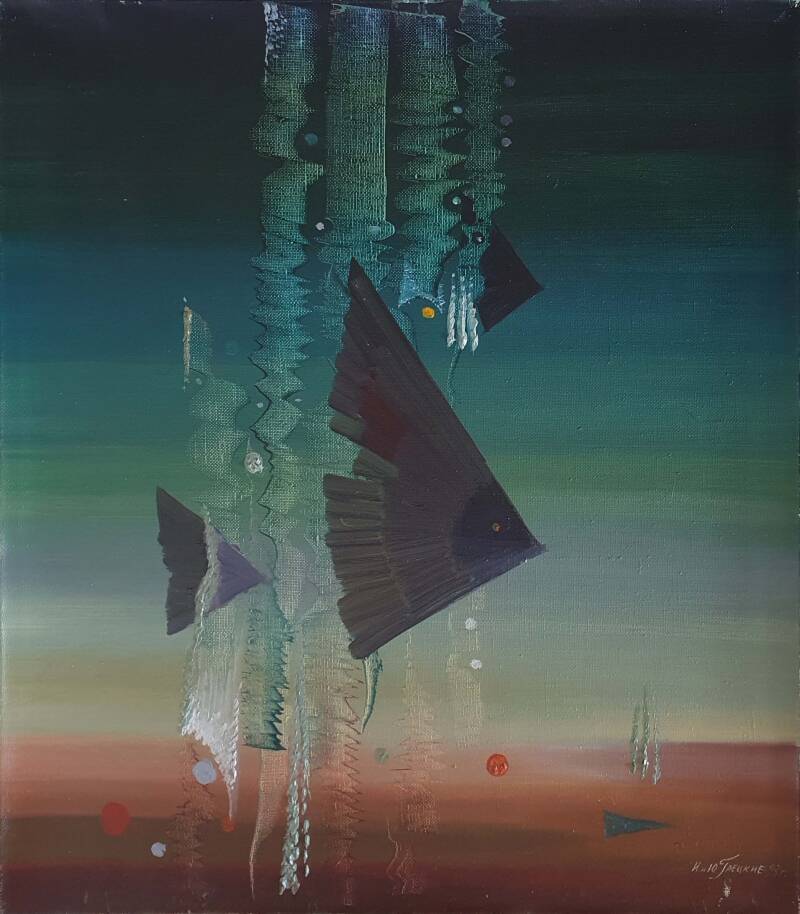YURI AND IRINA GRETSKY
The "Worlds of Work" Collection
The inspiring artistic journey of Jury and Irina Gretsky
The artist couple Jury (born 1944, graduate of the Art Academy in Leningrad) and Irina (born 1942, graduate of the Herzen Pedagogical Institute, Leningrad) Gretsky are recognized Russian artists and members of the Russian Artists' Union: Jury Gretsky since 1968 and Irina Gretsky since 1978.
They are representatives of "Socialist Realism" ("bread and butter" art to survive) and significant figures in the underground art movement "Soviet Nonconformist Art," which opposed the official art doctrine and sought alternative, modernist, and avant-garde styles.
They have participated in over 60 exhibitions, both in Russia and abroad. Their works are part of the Russian Ministry of Culture's collection, the Russian Museum in Leningrad, state museums in Moscow, and private collections worldwide.
Their decades-long creative work is divided into three cycles: "Essence of Space," "Circle of the Universe," connecting Earth and space, and the "Abstract Cycle," addressing the conflict between good and evil. Jury and Irina Gretsky always develop their works together, primarily in watercolor or oil painting.
Masterpieces in the Shadow of the Soviet Union
The masterful artworks were created during the Soviet era, a time marked by strict state control and censorship. The paintings were often propagandistic in nature and met the ideological requirements of the 1970s to 1990s. These so-called "state commissions" served as "bread-and-butter" work for them. Nevertheless, Jury and Irina Gretsky managed to incorporate subtle hints of their personal beliefs into these masterpieces.
Worldwide Exhibitions (selection)
1975 All-Union Exhibition, Moscow
1976 Leningrad Press Center, Leningrad
1987 Leningrad Journalists Club, Leningrad
1988 Plovdiv Gallery, Bulgaria
1989 Havana Gallery, Cuba
1990 Russian Museum, Leningrad
1991 AMRO Bank Leiden, Netherlands
1991 Gallery Figuration Creation Paris, France
1992 Gallery Central Rihimaki, Finland
1993 State Museum Mexico City, Mexico
1994 Zermatt, Switzerland
and in many other countries
"Landscape Watercolors"
Creativity, Courage, and Faith in the Soviet Era
The Gretskys' masterful landscape watercolors are a strong testimony to their life in and with nature as a counterbalance to the challenges of Soviet city life. Despite strict state control and censorship, they managed to realize their artistic, spiritual, and religious visions. They are particularly known for building a chapel near St. Petersburg, which they constructed at great personal risk. This chapel stands for their strong faith and gratitude for being able to work as artists. The Gretskys' landscape watercolors can be seen in the context of the great tradition of Russian landscape painting like the Peredvizhniki (Wanderers) or Isaak Levitan.
"Circle of the Universe" Oil Paintings
Art and Faith United: The Fearless Journey of the Gretskys through the Soviet Era
These works were created under the influence of classical music and depict the place of the Earth in time and space. They use symbols to represent the tension between good and evil, earth and space, faith and secularity. The 1980s to 1990s were a time of cautious cultural change in the Soviet Union. Artists began to seek and find more freedom, but still had to be careful. The Gretskys skillfully used these opportunities to maintain their artistic integrity and visualize their religious beliefs without openly conflicting with state directives. They often presented their works under neutral titles and descriptions. However, those who know the background can recognize the spiritual motifs in their works. This double meaning in their work is a testament to their resourcefulness and deep conviction.
"Abstract Cycle" Watercolor
Brave Art: The Artist Couple Defies the Dark Times
During the late Soviet era and early post-Soviet period, Jury and Irina Gretsky experimented with new forms and styles, inspired by both Western art movements and their own cultural tradition. This cycle symbolically reflects the conflict between good and evil, the dark and light sides of life, which are in constant struggle and contradiction. This conflict is visualized through the connection between earth, time, and space. Everything collides or sums up; a balance is only reached for the moment.

































